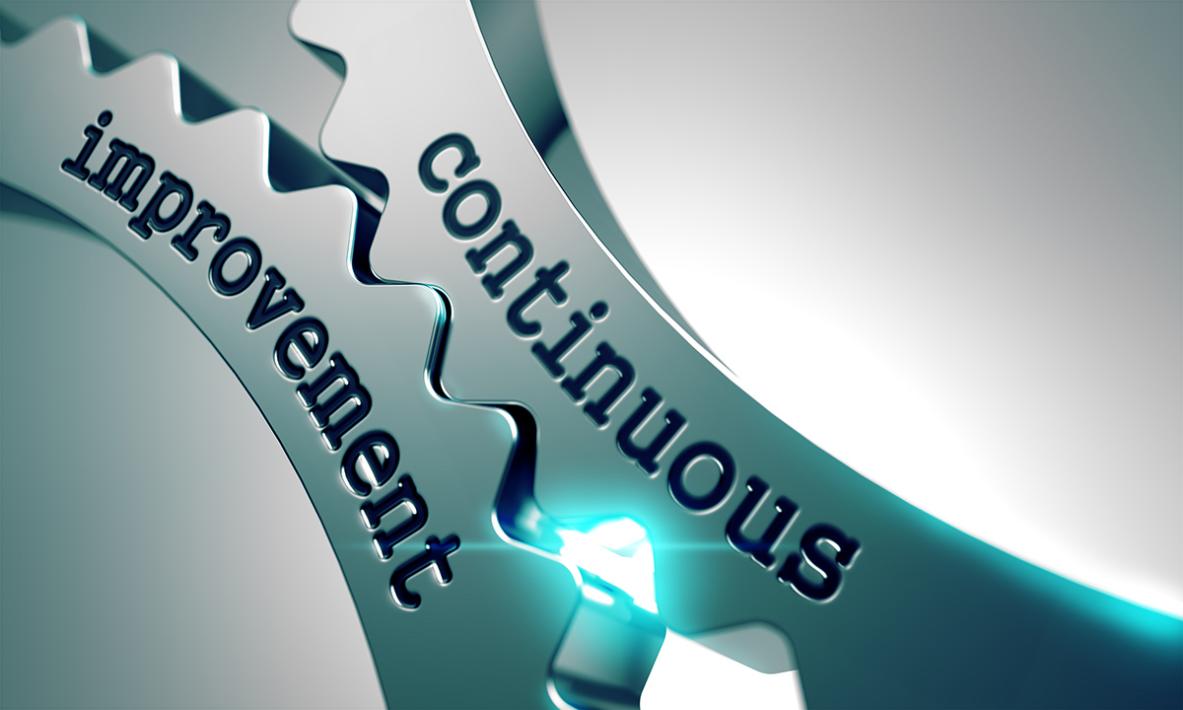How Can We Improve the Efficiency of Reinforcement Learning for Continuous Control?
Reinforcement learning (RL) is a powerful technique for training agents to perform complex tasks in uncertain environments. It has been successfully applied to a wide range of problems, including robotics, autonomous driving, and energy management. However, RL algorithms can be computationally expensive, especially for continuous control tasks.

Continuous control tasks are characterized by large action spaces, high-dimensional state spaces, and the need for efficient exploration. This makes it challenging to learn effective policies using traditional RL algorithms. In this article, we will discuss some of the current approaches and emerging techniques for improving the efficiency of RL for continuous control.
Current Approaches To Improve Efficiency
Model-Based RL
Model-based RL algorithms learn a model of the environment and then use this model to plan actions. This can improve efficiency by reducing the number of interactions with the environment required to learn an effective policy. Model-based RL algorithms include model-predictive control and actor-critic methods.
Off-Policy RL
Off-policy RL algorithms learn from past experiences, even if those experiences were generated using a different policy. This can improve efficiency by allowing the agent to learn from mistakes without having to repeat them. Off-policy RL algorithms include Q-learning and SARS.
Exploration Strategies

Exploration is essential for RL algorithms to learn effective policies. Exploration strategies determine how the agent chooses actions when it is uncertain about the best course of action. Common exploration strategies include epsilon-greedy, Boltzmann exploration, and Thompson sampling.
Emerging Techniques For Enhanced Efficiency
Deep RL
Deep neural networks can be used to improve the efficiency of RL algorithms. Deep RL architectures, such as deep Q-networks (DQNs) and deep deterministic policy gradients (DDPGs), have been shown to achieve state-of-the-art results on a variety of continuous control tasks.
Hierarchical RL
Hierarchical RL algorithms decompose complex tasks into simpler subtasks. This can improve efficiency by allowing the agent to learn subtasks independently and then combine them to solve the overall task. Hierarchical RL algorithms include options and feudal RL.
Multi-Agent RL
Multi-agent RL algorithms allow multiple agents to learn and cooperate with each other. This can improve efficiency by allowing the agents to share information and resources. Multi-agent RL algorithms include cooperative Q-learning and actor-critic methods.
Applications And Future Directions
RL for continuous control has a wide range of real-world applications, including robotics, autonomous driving, and energy management. As RL algorithms become more efficient, we can expect to see them used in even more applications.
There are a number of open challenges and future research directions in RL for continuous control. These include:
- Developing more efficient RL algorithms that can learn from fewer interactions with the environment.
- Developing RL algorithms that can learn to solve complex tasks that require long-term planning.
- Developing RL algorithms that can learn to cooperate with humans and other agents.
RL is a powerful technique for training agents to perform complex tasks in uncertain environments. However, RL algorithms can be computationally expensive, especially for continuous control tasks. In this article, we have discussed some of the current approaches and emerging techniques for improving the efficiency of RL for continuous control. We believe that these techniques will enable RL to be used in a wider range of applications and to solve even more complex problems.
YesNo

Leave a Reply